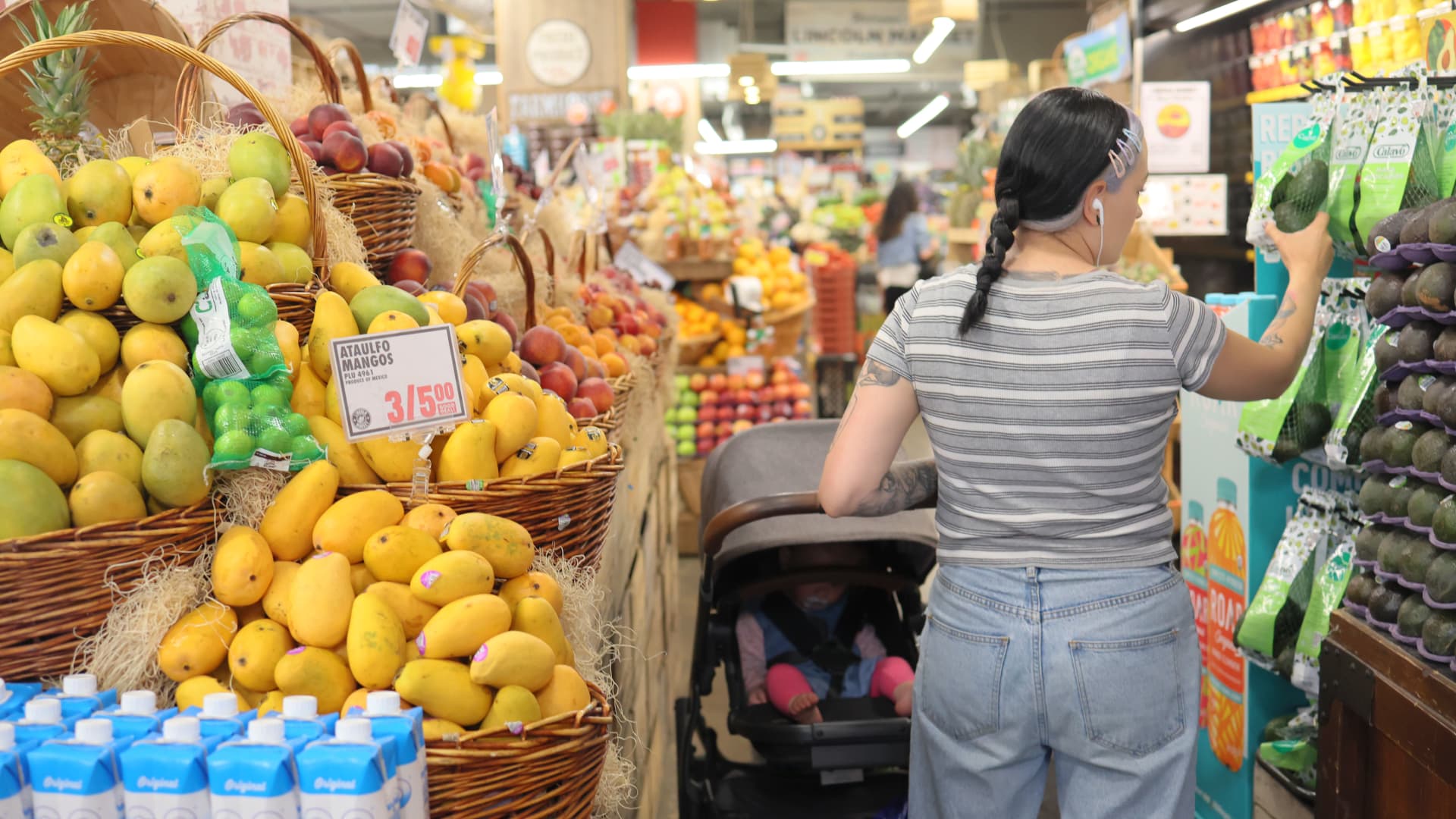
Inflation Trends in Nigeria: A Mixed Picture of Decline and Persistent Pressure
Nigeria's inflation rate has shown a downward trend for the third consecutive month, with the headline inflation rate dropping to 22.22% in June 2025, down from 22.97% in May 2025. This marks a continued decline from the 23.71% recorded in April 2025. The year-on-year figure reflects a 0.75 percentage point decrease compared to the previous month and a significant 11.97 percentage point drop when compared to June 2024, which had an inflation rate of 34.19%.
The reduction in annual inflation is occurring against the backdrop of a rebased index, with 2024 as the new base year. However, on a month-on-month basis, inflation increased slightly to 1.68% in June, up from 1.53% in May. This suggests that while the pace of price increases is slowing over the year, prices are still rising faster from one month to the next.
The Consumer Price Index (CPI) rose from 121.4 in May to 123.4 in June, indicating ongoing price pressures, particularly in the sectors of food, transport, and housing. According to the report, the CPI increase was driven by several factors, including fluctuations in commodity prices and supply chain disruptions.
Food Inflation Shows a Sharp Decline
Food inflation, which stood at 21.97% year-on-year in June, marked a significant drop from the 40.87% recorded in June 2024. This decline is largely attributed to the base year effect. On a month-on-month basis, however, food inflation rose to 3.25% in June, up from 2.19% in May. This increase was driven by higher prices for staples such as tomatoes, pepper, dried green peas, crayfish, shrimps, meat, plantain flour, and ground pepper.
Over the twelve-month period ending in June 2025, the average annual food inflation rate fell to 28.28%, a decrease of 7.02 percentage points from the 35.3% recorded in the same period last year.
Core Inflation Also Declines
Core inflation, which excludes volatile items like agricultural produce and energy, also showed a year-on-year decline, falling to 22.76% in June 2025 from 27.4% in June 2024. On a month-on-month basis, core inflation increased to 2.46%, up from 1.10% in May. This indicates renewed pressure in non-food components.
The average 12-month inflation rate for core items stood at 24.14% in June 2025, slightly higher than the 24.01% recorded in the corresponding period of 2024. The report highlighted a divergence in inflation trends between urban and rural areas.
Urban and Rural Inflation Rates
Urban inflation dropped to 22.72% year-on-year in June, down from 36.55% in June 2024, but it rose to 2.11% month-on-month, up from 1.40% in May. The 12-month average for urban inflation declined to 28.16%.
Rural inflation followed a similar pattern, easing to 20.85% year-on-year from 32.09%, but slowed month-on-month to 0.63% in June, down from 1.83% in May. The average annual rural inflation rate stood at 24.65%.
State-Level Inflation Data
At the state level, Borno recorded the highest year-on-year all-items inflation rate at 31.63%, followed by Abuja at 26.79% and Benue at 25.91%. The slowest increases were seen in Zamfara at 9.90%, Yobe at 13.51%, and Sokoto at 15.78%.
On a month-on-month basis, Ekiti saw the sharpest increases at 5.39%, followed by Delta at 5.15% and Lagos at 5.13%. Meanwhile, Zamfara, Niger, and Plateau recorded declines of 6.89%, 5.35%, and 4.01%, respectively.
Regional Disparities in Food Inflation
Food inflation was most severe in Borno at 47.40%, followed by Ebonyi at 30.62% and Bayelsa at 28.64%. Katsina, Adamawa, and Sokoto recorded the slowest food inflation at 6.21%, 10.90%, and 15.25%, respectively.
On a month-on-month basis, Enugu saw the fastest rise in food inflation at 11.90%, followed by Kwara at 9.97% and Rivers at 9.88%. Borno, Sokoto, and Bayelsa recorded declines of 7.63%, 6.43%, and 6.34%, respectively.
Key Drivers of Inflation
The divisions contributing most significantly to the headline index include food and non-alcoholic beverages, restaurants and accommodation services, transport, housing, electricity, gas and other fuels, education, health, and clothing and footwear.
While the easing of inflation on a yearly basis may reflect improved stability in macroeconomic indicators, the rising monthly rates suggest that Nigerian households continue to face considerable cost-of-living pressures.
Analysts at Afrinvest had projected that June’s inflation rate would be 22.2% on a year-on-year basis, with a 14bps uptick in monthly headline inflation to 1.7% underpinned by elevated price increases during the Eid-el Kabir celebration. Their projections matched the actual figures released by the National Bureau of Statistics.
The analysts cited two major drivers for their projections: the strengthening of the naira due to the Central Bank of Nigeria’s strategic policy reforms and the high base year effect from last year’s 34.2% inflation reading. They expect the Monetary Policy Committee to keep all policy variables unchanged, citing elevated risks in the external environment and persistent shocks in major food baskets.


Posting Komentar